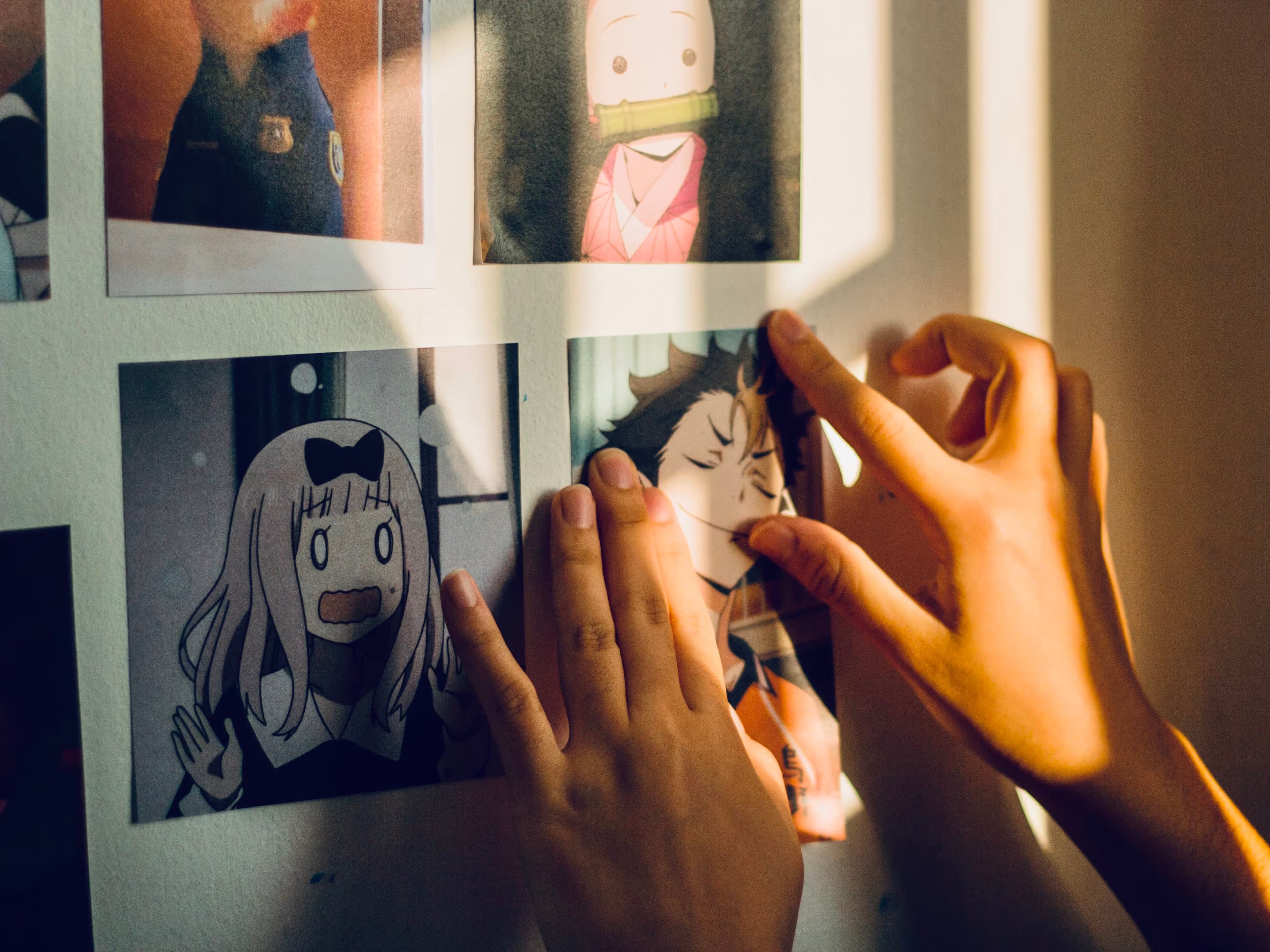
How Anime is Made: From Concept to Screen
Ever wondered how your favorite anime series like "Naruto" comes to life? The process of making anime is a fascinating blend of artistry, technology, and teamwork that has evolved significantly throughout the history of Japanese animation. This detailed guide explores how anime is created, from initial concept to the final product you watch on Crunchyroll.
From Source Material to Animation
Manga, Light Novels, or Original Concepts
Most anime begins with source material. Many popular anime series adapt from:
- Manga - Japanese comics that provide ready-made storyboards and character designs
- Light novels - Short novels often featuring illustrations that offer rich storytelling opportunities
- Original concepts - Created specifically for animation without prior publication
The decision to adapt a manga or light novel depends on factors like popularity, visual appeal, and storytelling style. Series like "Naruto" began as manga before becoming anime, while others are developed as original anime productions.
The Pre-Production Stage
Planning and Storyboarding
Before animation begins, production companies develop:
- Storyboards - Visual outlines that map every scene and shot
- Character designs - Detailed character sheets showing multiple angles and expressions
- Budget planning - Determining how resources will be allocated
The anime studio assembles key staff including the director, animation director, key animators, and producers. This team establishes the visual style and direction for the series.
The Animation Process
Key Animation
The backbone of anime production is key animation. Key animators create the most important frames that define character movement and expression. These artists draw what are called "key frames" - the major poses and significant moments in each sequence.
A key animator is the one who draws keyframes that serve as the foundation for what viewers eventually see on screen. These talented artists must have exceptional drawing skills and understanding of movement.
In-Between Animation
Once key frames are completed, in-between animators fill the gaps between these frames. This process, called in-between animation, creates the smooth motion you see when watching anime. These frames connect one key frame to the next.
For television anime, studios typically produce 8-12 frames per second, while feature films might use up to 24 frames per second. The number of frames directly impacts how fluid the animation appears.
The Eyes of the Characters
Special attention is paid to the eyes of the characters, which are crucial for conveying emotion in anime. The distinctive large, expressive eyes common in anime require careful animation to bring characters to life.
Digital Tools and Traditional Methods
Modern anime is made using a combination of:
- Digital animation software like Toon Boom and Adobe Animate
- Traditional hand-drawn techniques on paper (still used by many Japanese animators)
- Specialized coloring and compositing tools
While technology has advanced the anime medium, many aspects of how anime is produced still follow traditional methods established decades ago in the Japanese animation industry.
Post-Production
After the animation is complete, the production process continues with:
- Voice acting recordings
- Sound effects and music composition
- Editing and compositing
- Final color correction
Every stage of production is vital, and anime production is full of missed deadlines and challenges as teams work to create quality content under tight schedules.
The Evolution of Anime
The history of anime dates back to the early 20th century, but the modern age of anime began in the 1960s. Since then, anime has come a long way:
- Animation techniques have advanced from simple frame by frame drawings to sophisticated digital processes
- The anime industry has grown into a global phenomenon
- Platforms like Crunchyroll have made anime accessible worldwide
- The variety of genres has expanded to include everything from TV anime series to sports anime and anime films
The Challenges of the Anime Industry
Despite its popularity, the anime industry faces significant challenges:
- Tight deadlines and production schedules
- Budget constraints affecting animation quality
- Working conditions for animators in Japan, who often receive low pay despite their skills
- Balancing artistic vision with commercial demands
Conclusion
From manga artists to key animators, in-between artists to directors, it takes an entire team of talented individuals to create even a single episode of anime. The next time you watch anime, take a moment to appreciate the incredible artistry and effort behind every frame.
Whether you're a casual viewer or dedicated fan, understanding the process of making anime adds a new dimension to your appreciation of this unique art form. The power of God and anime on your side becomes even more impressive when you know about how anime is made!